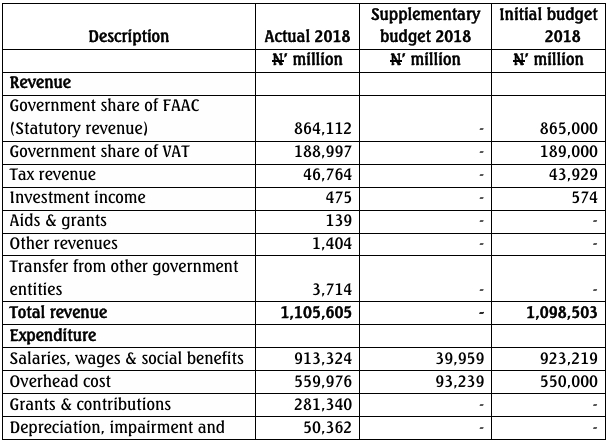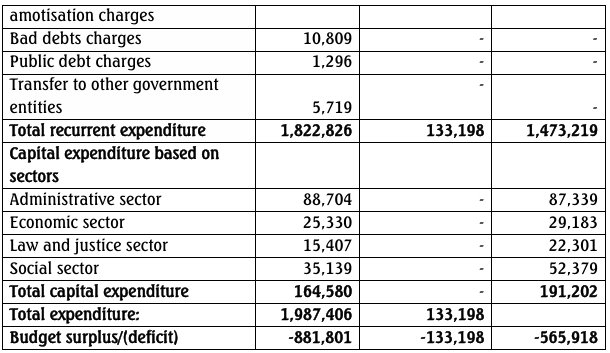- 10 Marks
SCS – Nov 2024 – L3 – Q5b – Board Responsibilities in Corporate Governance
Identify and explain the five governance pillars in the National Corporate Governance Code for Ghana 2022.
Question
It is evident that all is not well with the current corporate governance at BOGML. However, for the company to achieve sustainable growth and remain competitive, it must adhere to sound corporate governance principles.
Required:
Using the FIVE governance pillars identified in the National Corporate Governance Code for Ghana 2022 (the National Code), issued in November 2022 by the Institute of Directors-Ghana, advise the company on how to improve upon its current governance structure.
Find Related Questions by Tags, levels, etc.



CR – May 2016 – L3 – Q5 – Integrated Reporting
Discuss the purpose of Management Commentary, why it is not mandatory, and the most relevant elements for Umu Amaeshi Plc to focus on in its management commentary.
Umu Amaeshi Plc is a conglomerate that has diverse businesses cutting across some social and environmental sensitive sectors listed on the Nigeria Stock Exchange. In compliance with financial reporting regulatory directives of Nigeria, it has adopted IFRS in preparing its financial statements. The board is aware that this step will enhance the transparency of its reporting and assist in attracting foreign institutional investors who may be desirous of investing in Nigeria. However, in one of the company’s board meetings, the CFO briefed members that given the social and environmental sensitive nature of its operation, the adoption of IFRS may not be good enough to bring that transparency relating to its policies and practices relating to social and environmental disclosures. He makes reference to Para 14 of IAS 1 – Presentation of Financial Statements, which clearly stated that:
“Many entities also present, outside the financial statements, reports and statements such as environmental reports and value-added statements, particularly in industries in which environmental factors are significant and when employees are regarded as an important user group. Reports and statements presented outside financial statements are outside the scope of IFRS.”
The board does not want to engage in social and environmental reporting disclosures since many who do engage in what the business community see as marketing and reports filled with rhetoric. The CFO has therefore suggested the use of Management Commentary.
Required:
a) Briefly explain the purpose of Management Commentary and why it was not made a mandatory requirement for all companies by the IASB. (6 Marks)
b) Identify the three most relevant elements of Management Commentary that Umu Amaeshi Plc should focus on in its management commentary and explain how they will assist the company to achieve the above objectives, given that it does not want to engage in social and environmental disclosure. (9 Marks)
Login or create a free account to see answers
Find Related Questions by Tags, levels, etc.